Lite patch, but lots of bugfixes and some performance improvements!
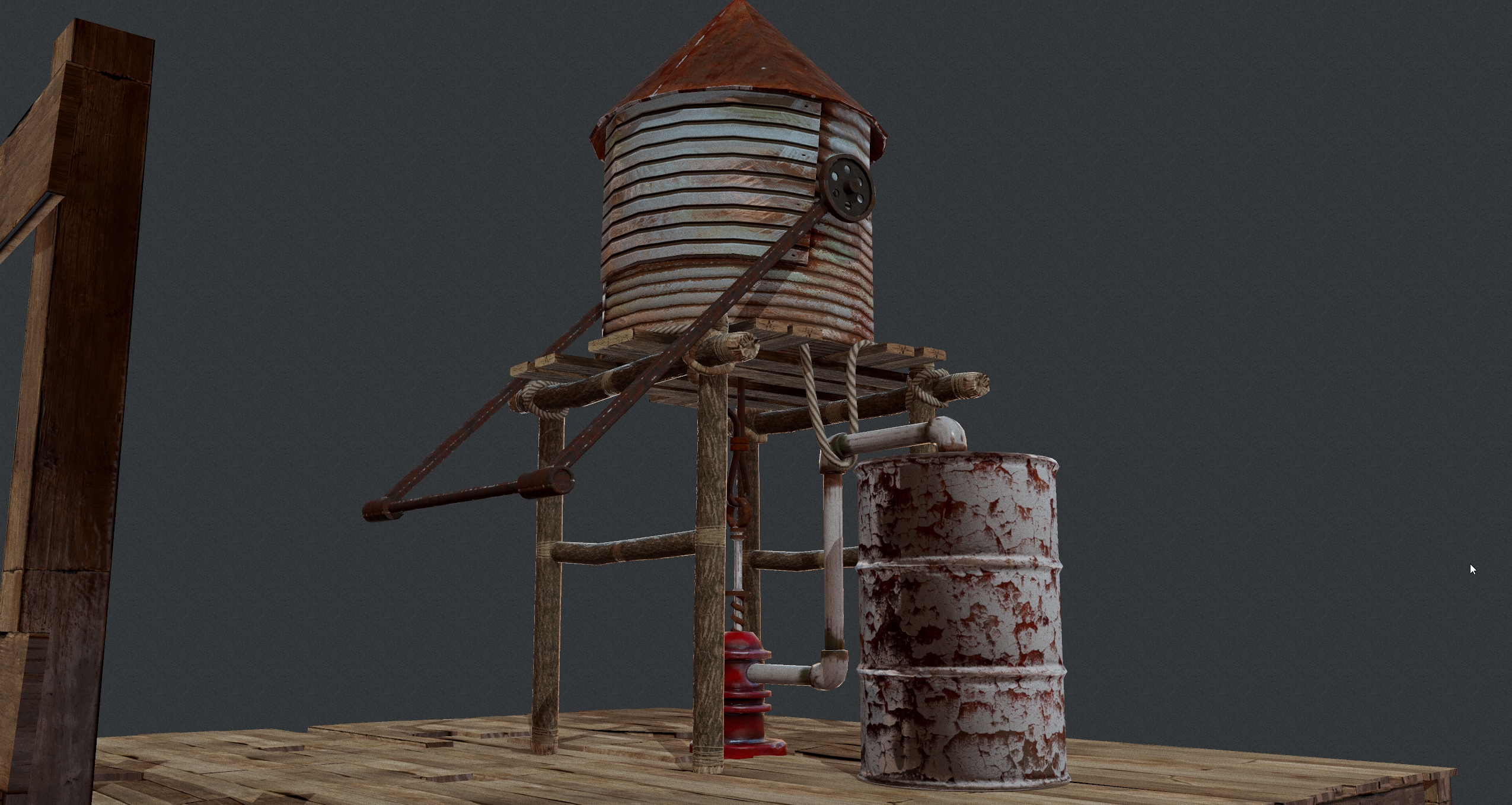
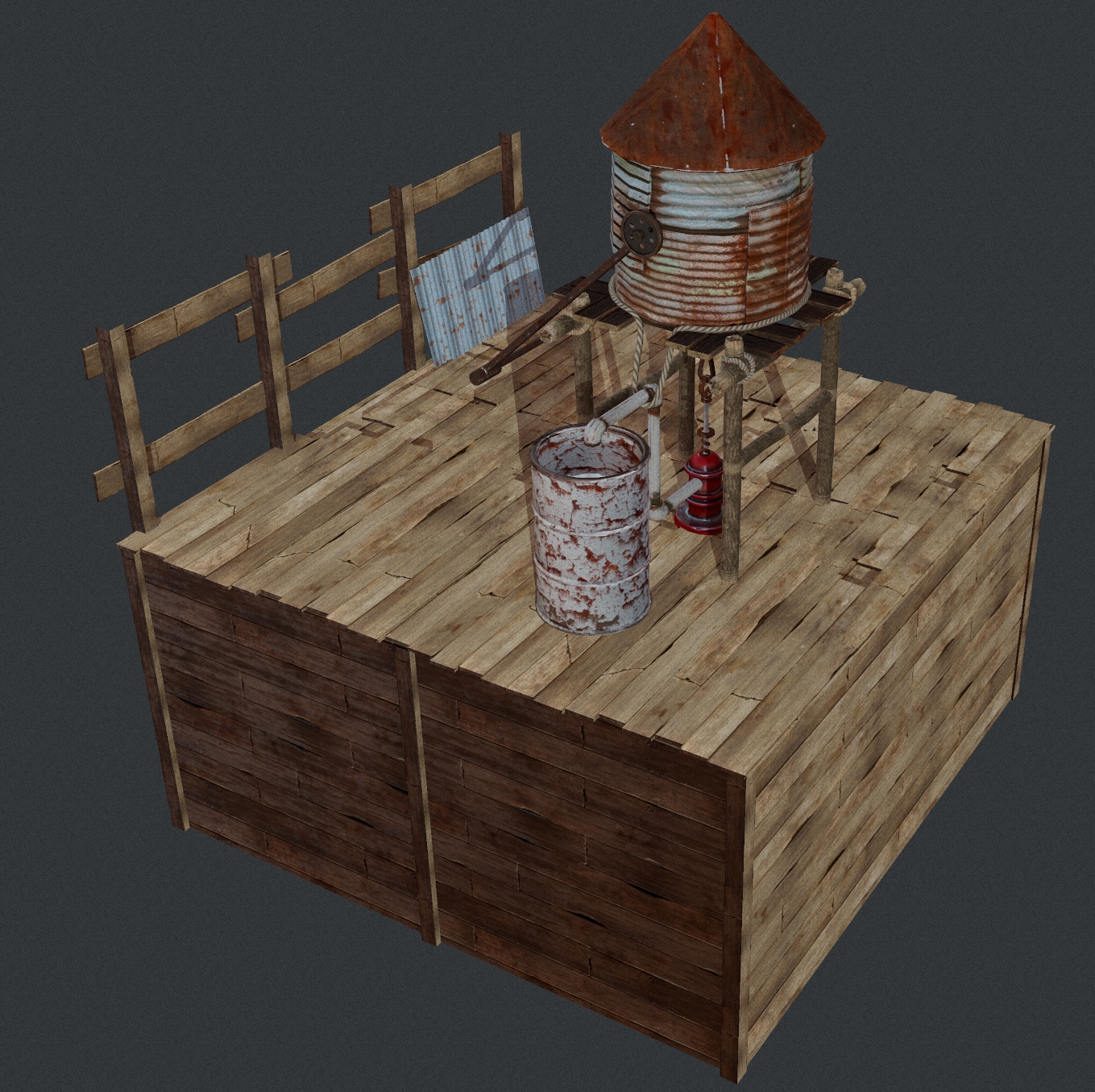
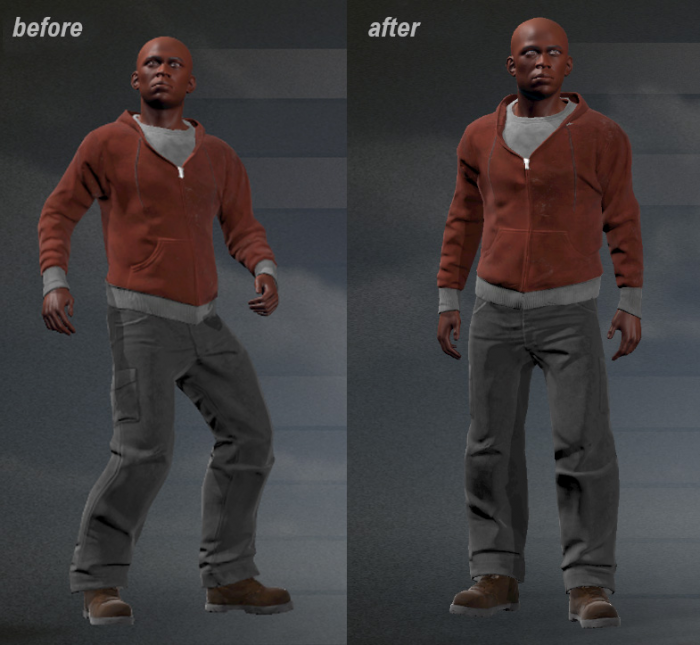 Whilst looking at the idle, I also looked at an idea I wanted to try. I think it would be cool if the preview wasn't just an idle, but an indication of your current state. To give you more of heads up on what your priorities should be. This could be to show you're cold, hungry, hurt.......
Here's a mockup of a few idles:
Whilst looking at the idle, I also looked at an idea I wanted to try. I think it would be cool if the preview wasn't just an idle, but an indication of your current state. To give you more of heads up on what your priorities should be. This could be to show you're cold, hungry, hurt.......
Here's a mockup of a few idles:
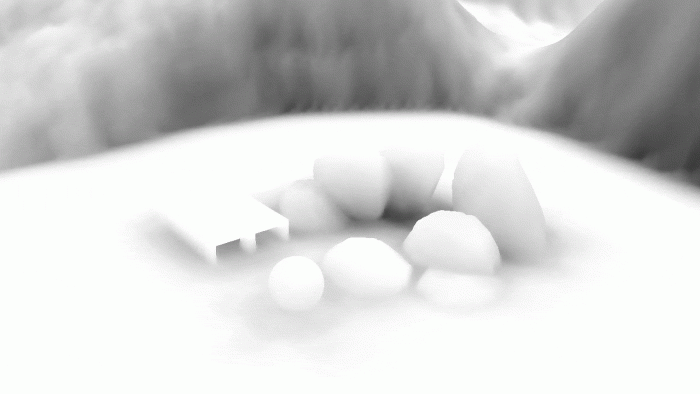 This will help darken our building interiors, caves, tunnels, forests, and allow us to crank up the reflections to normal, realistic values. It would work as an optional world-space, low frequency addition to our current ambient occlusion.
I don't have a solid ETA yet, but I'm hoping for next week.
This will help darken our building interiors, caves, tunnels, forests, and allow us to crank up the reflections to normal, realistic values. It would work as an optional world-space, low frequency addition to our current ambient occlusion.
I don't have a solid ETA yet, but I'm hoping for next week.
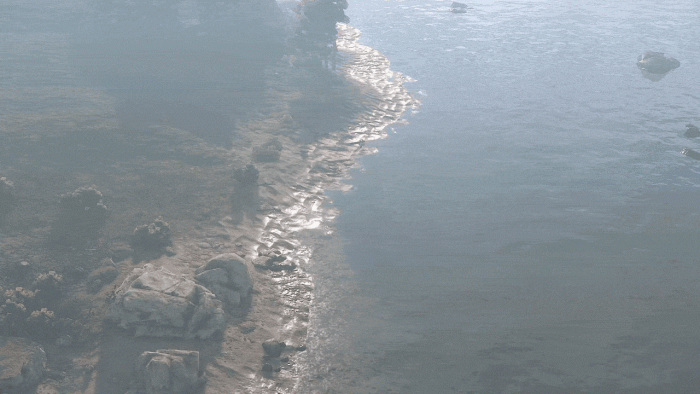 For similar reasons, using a very wide screen aspect ratio will also trigger all kinds of z-buffer artifacts, including also see-through walls at far, because we're pulling back the camera's near plane to prevent cheating. In our implementation of logarithmic depth, we don't even have a near plane:
For similar reasons, using a very wide screen aspect ratio will also trigger all kinds of z-buffer artifacts, including also see-through walls at far, because we're pulling back the camera's near plane to prevent cheating. In our implementation of logarithmic depth, we don't even have a near plane:
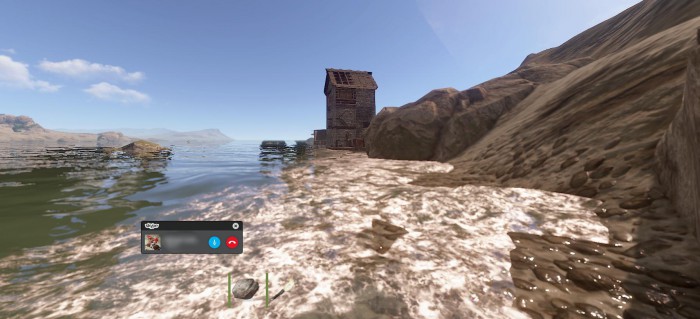 Zooming in on a dense building structure may also cause see-through, but this effect is limited by gameplay. These are all issues I'm expecting to fix with this solution and while it's still early to confirm with absolute certainty, the results have been very promising so far.
Unfortunately, however, this process involves patching all our shaders, which might take a while and introduce a ton of new visual bugs. I hope do be done modifying the shaders this weekend to get a solid week of heavy multi-platform testing on the staging branch before next week's deployment.
Zooming in on a dense building structure may also cause see-through, but this effect is limited by gameplay. These are all issues I'm expecting to fix with this solution and while it's still early to confirm with absolute certainty, the results have been very promising so far.
Unfortunately, however, this process involves patching all our shaders, which might take a while and introduce a ton of new visual bugs. I hope do be done modifying the shaders this weekend to get a solid week of heavy multi-platform testing on the staging branch before next week's deployment.
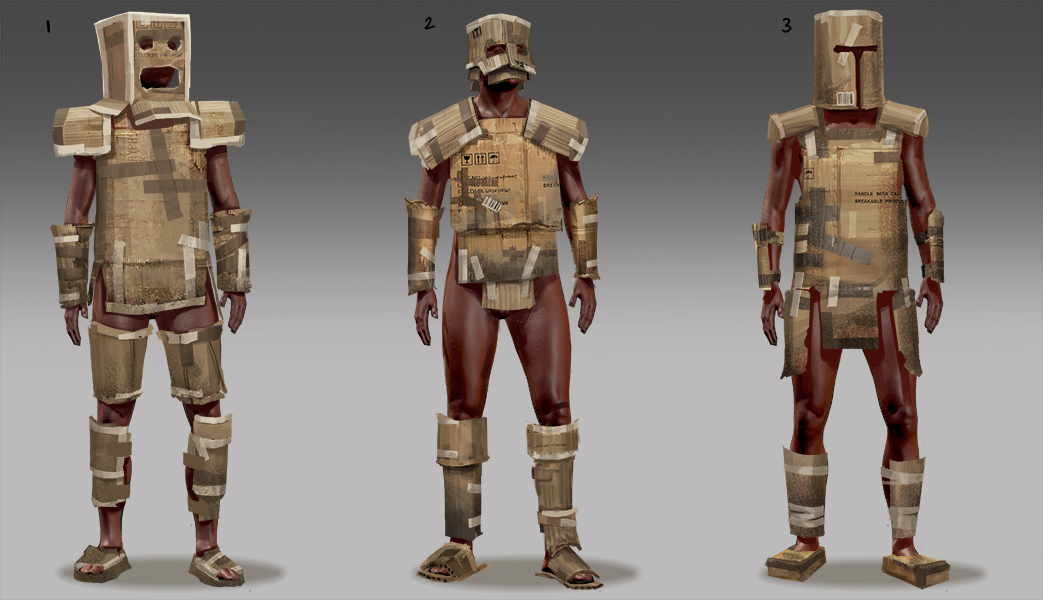
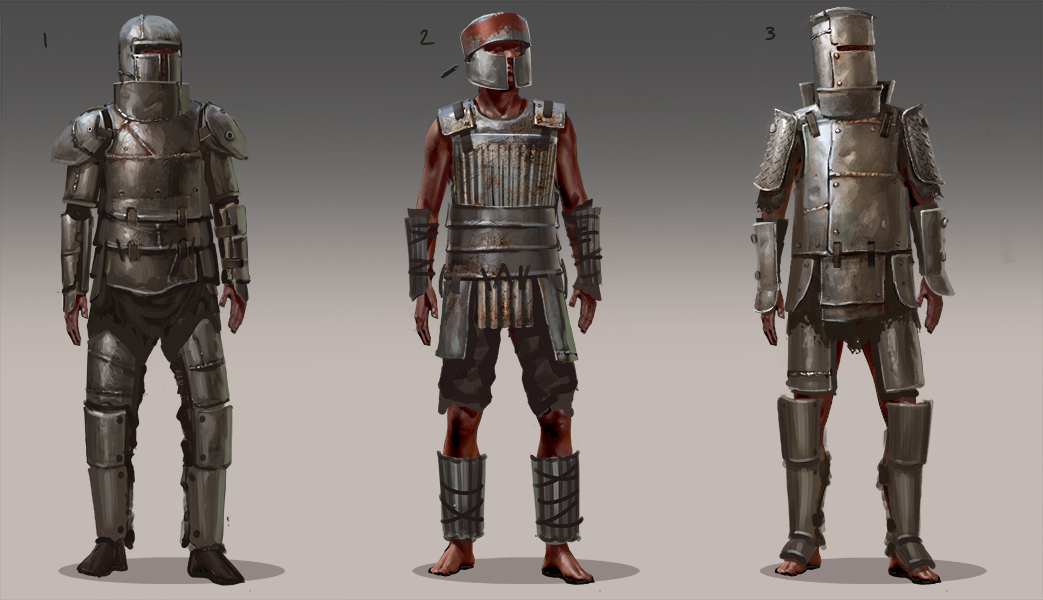
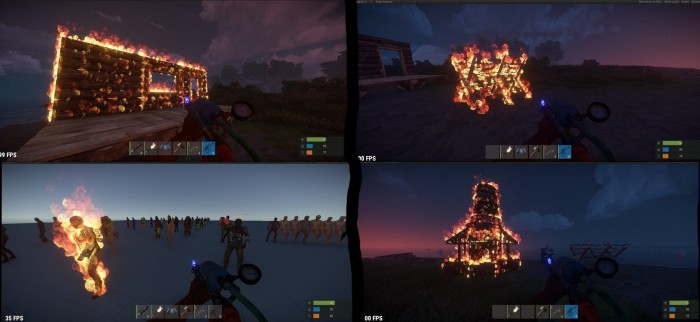 I’m excited to get this finished so I can add fire arrows to the game that ignite people or animals on impact, with the added benefit of pre-cooking the harvested meat!
I’m excited to get this finished so I can add fire arrows to the game that ignite people or animals on impact, with the added benefit of pre-cooking the harvested meat!